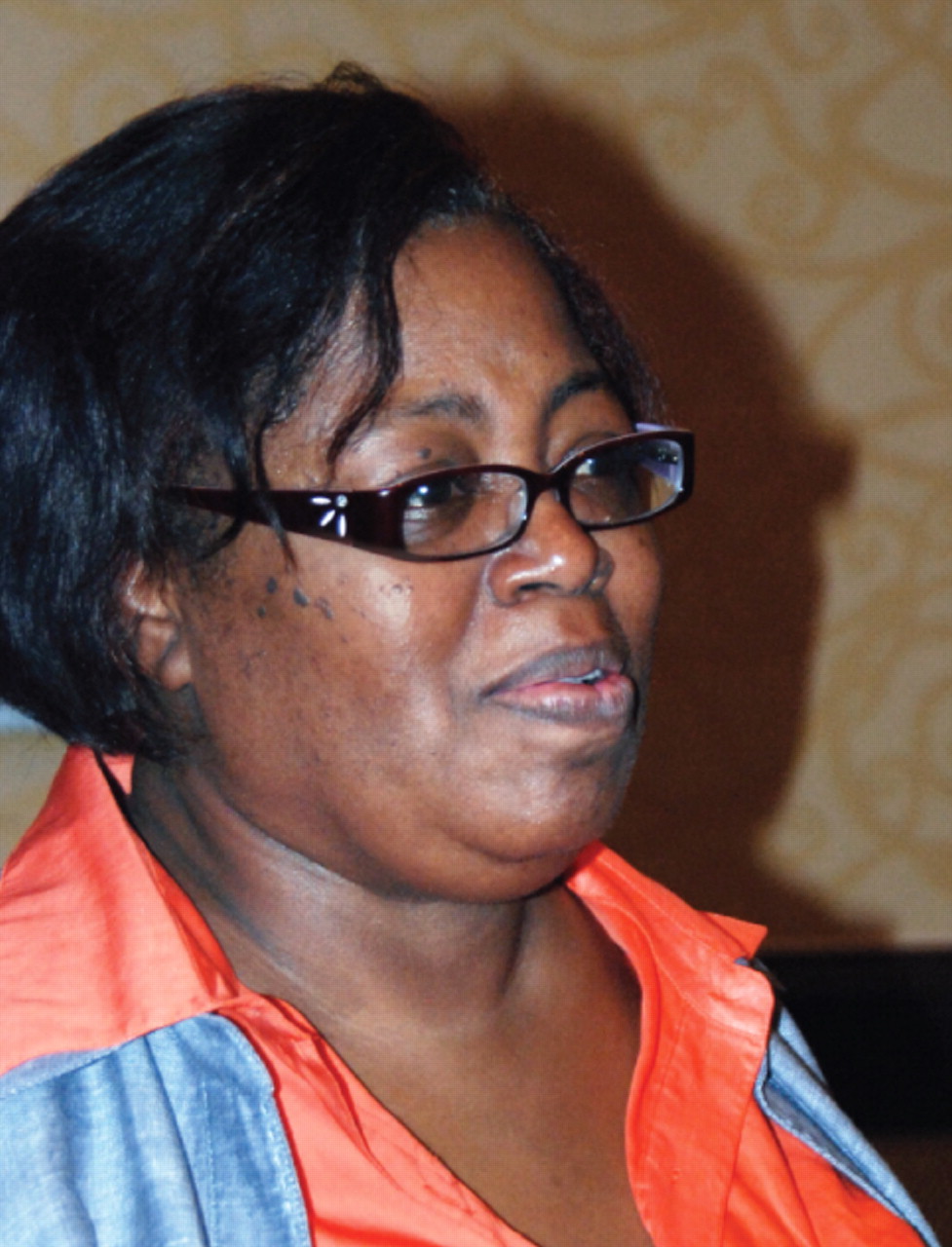President Bush's New Freedom Commission on Mental Health called for improving access to care and increasing the presence of service providers in rural and geographically remote areas of the United States, but little has changed there since the commission pointed out the mental health disparities in rural America six years ago, said speakers at the annual meeting of the National Association for Rural Mental Health in Albuquerque in June.
Creating the systems and settings to make such changes possible is never easy anywhere but is often more difficult in rural areas, thanks to questions about accessibility, availability, and acceptability of mental health services, said Wilma Townsend, M.S.W., president of WLT Consulting of Jonesboro, Ga. The firm specializes in consumer involvement and cultural competence in mental health recovery. She previously served for more than 15 years as the chief of the Office of Consumer Services for the Ohio Department of Mental Health.
Accessibility problems range from simple distance to the passability of roads in winter to the ability to pay for services. Those problems increase in states west of the Mississippi River as the population becomes sparser, said Townsend.
In some places, mental health services simply aren't available, she said. Half of rural counties do not have any mental health providers. Often, clinicians who do work in rural areas do so without the professional backup or the ancillary patient support found in metropolitan areas, making it hard to plan treatment and leading to a greater potential for patient self-harm or violence.
Finally, the sense of self-reliance that rural culture values so highly can have contradictory effects on residents' willingness to accept illness and treatment, said Townsend.
“Because they value doing for themselves, they take longer to acknowledge the scale of mental health problems,” she said. “They seek and enter treatment later than urban residents, and they have access to fewer care providers.”
Stigma has a heightened effect, too, in small communities where everyone knows everyone else. Combined with poverty, that means that rural people are skeptical about care, she said. “They think, 'Why pay for something that can't be guaranteed to work?'”
Rural people are often undereducated about mental health, mental illness, treatment, and recovery, but they should not be blamed for that, she said.
“We have done a very bad job of making people understand that mental illness is an illness that people can recover from,” she said.“ Our culture and the media have done a good job of scaring people regarding mental illness and leading them to believe that people can never get well and can become a danger. We have some re-education to do.”
In addition, clinicians and administrators must adapt procedures developed elsewhere to fit the settings and values of rural America, she said. Many evidence-based treatments have not been tested among rural populations. Some policies may need to be adjusted for use in rural areas.
Some policies and practices may get in the way of recovery, said Townsend.“ For instance, [clinic administrators] hire a peer-support specialist from the community and then try to enforce a no-fraternization policy.”
Encouraging more professionals to work or stay in rural areas means providing them with more support and more resources to encourage recovery, she said. Another underexplored source of help may be rural people themselves, particularly older individuals, who might be encouraged to volunteer in the community once they received some initial training.
Rural mental health problems aren't restricted to the clinical, said Townsend. These regions face heightened rates of poverty that are both caused by and produce a continued outward migration of young people. Although children in rural areas graduate from high school at about the same rate as their urban counterparts, many leave for college, jobs, or military service and never return.
The recent economic downturn has hit rural areas hard. Often the failure of a single small manufacturing plant can put a significant percentage of a town's population out of work.
Several federal economic and health care initiatives may soon bear fruit, said Larke Nahme Huang, Ph.D., senior advisor on children, youth, and families at the Substance Abuse and Mental Health Services Administration.
Nationally, $1 billion has been directed to prevention and wellness efforts, addressing social determinants of health, including strategies for rural communities, Huang told the conferees. Programs like Project LAUNCH, which began in 2008, provide funds to link mental health consultation with primary care, child-care settings, early childhood education, and home visitation.
Six grants under the program were assigned last year to state health departments in Rhode Island, New Mexico, Washington, Arizona, and Maine and to the Red Cliff Band of Lake Superior Chippewa in Wisconsin.
Information about the National Association for Rural Mental Health is posted at<www.narmh.org/>.▪

